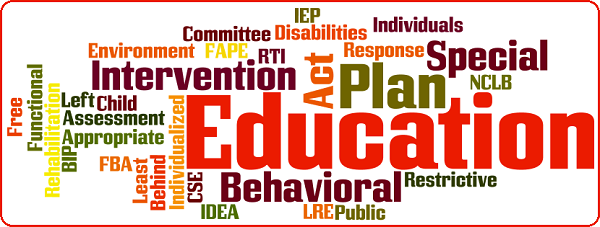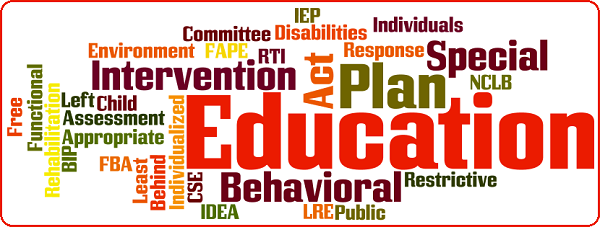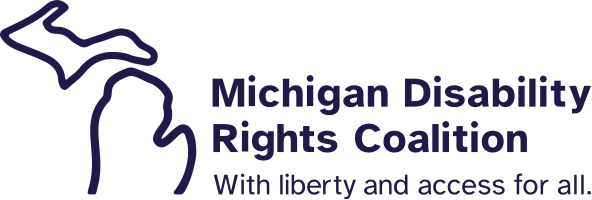The Need for Transformation in Special Education
Tuesday, June 6, 2017


I became directly involved in special education advocacy in 1981 when I went to work for Michigan Protection and Advocacy Service. The national special education requirements (The Education for All Handicapped Children Act of 1975) were still relatively new then.
But, over the years, the large-scale vision of educational support customized to each individual student has become rigid and bureaucratic, creating a very complex and administratively expensive set of interacting “standards of care”, to use the medical phrase. This complex of standards is a direct result of the legal struggle that led first to the law itself and then to a long series of school district and court battles that continue today, largely focused on narrower and narrower education issues and often focused on jurisdictional or procedural disagreements (though occasionally big-picture values, like the recent US Supreme Court Decision break through).
I happened to be working in a different role in the early 70’s before the original national special education law was passed, and I participated tangentially in the discussion that parent groups, educators, and legislators were having about what vision the proposed national framework for special education should have. At that time there were two very different and, in some ways, opposing concepts of that vision:
- One was what we would call a “wrap-around” model today, involving memoranda of understanding among all the local support systems, and collaborative models of planning, coordination, and implementation of an education plan for a specific student.
- The other (the one we more or less have now) was to make the local or intermediate school district the final responsible party for all aspects of eligibility determination, testing, plan development, coordination, and implementation.
As I remember (it WAS over 40 years ago), the choice of the second alternative was based on analogy with the then recent civil rights legislative victories and the critical value of litigation in the development of effective civil rights enforcement and local change in law and practice.
Now, I would argue that the momentum of that original vision of special education is largely spent, and current change efforts will increasingly focus on less and less meaningful targets, applicable to fewer and fewer students, even if occasionally, the regressive decisions of individual districts allow for value based visionary court decisions.
I do believe there is a way to harken back somewhat to that original vision (I will go over that as part of my next post in July). But I also believe that we must begin to build a new vision of how special education might transform itself into something that would reflect the best of what we hoped for in that turbulent educational and disability rights ferment of the 70’s.
Next Post: Initial Exploration of the Potential for Transformation in Special Education

